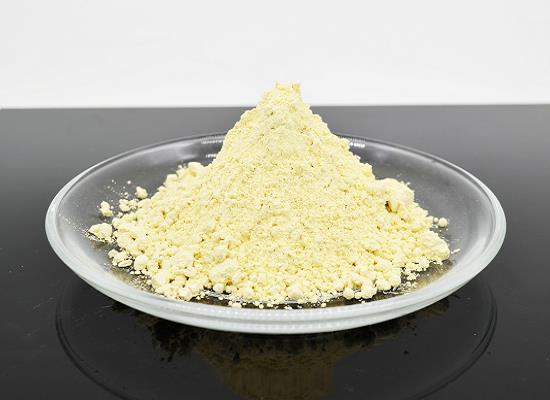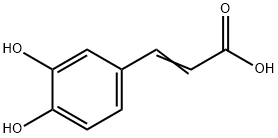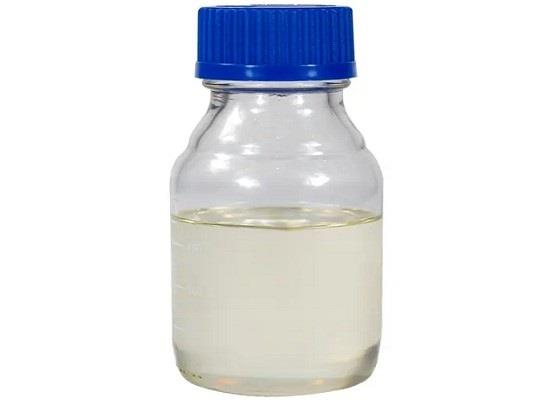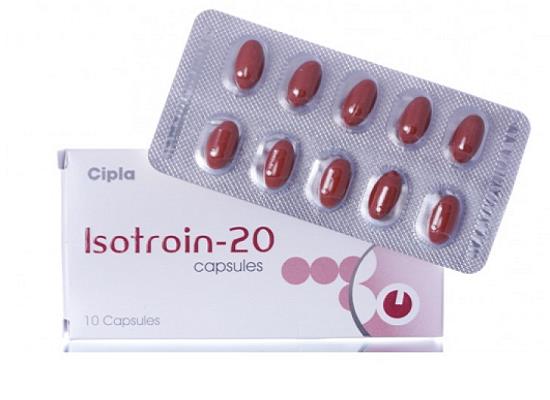Caffeic acid: pharmacokinetics and clinical applications
General Description
Caffeic acid is a naturally occurring polyphenol found in plants and foods, with a wide range of potential health benefits. Caffeic acid, with rapid absorption and the ability to cross the blood-brain barrier, has pharmacological properties that make it beneficial for various clinical applications. It scavenges free radicals, protecting cells from oxidative stress-related damage. In cancer prevention, caffeic acid inhibits the synthesis of harmful compounds formed during cooking and enhances their elimination from the body. It shows promise in managing diabetes by regulating blood glucose levels, insulin signaling, and antioxidant parameters. Additionally, caffeic acid influences fat tissue, reducing lipid accumulation and promoting weight loss, suggesting its potential as a therapeutic option for obesity.

Figure 1. Caffeic acid
Pharmacokinetics
Caffeic acid is rapidly absorbed by the small intestine and enters the bloodstream after ingestion. It can cross the blood-brain barrier, providing protection to the central nervous system. Within cells, caffeic acid interacts with various targets, including transcription factors, kinases, and DNA, affecting gene expression and cellular signaling pathways that control cell proliferation, survival, and function. One notable characteristic of caffeic acid is its ability to scavenge free radicals, which are harmful reactive oxygen species that can damage cells and contribute to chronic diseases like cancer and cardiovascular disease. Caffeic acid effectively neutralizes these free radicals, protecting cells from oxidative stress-induced damage. The elimination of caffeic acid from the body occurs mainly through urine and bile excretion into feces. The exact half-life in humans is unknown, but animal studies suggest a relatively short duration with peak levels in the blood occurring a few hours after ingestion. 1
Clinical applications
Diabetes
Caffeic acid has promising applications in cancer prevention by inhibiting the synthesis of harmful compounds called heterocyclic amines (HCAs) formed during the cooking of meat, especially well-done meat. HCAs, such as PhIP, are known to be mutagens and carcinogens. Caffeic acid can react with an intermediate product in PhIP synthesis, reducing its formation and exposure. Additionally, caffeic acid upregulates specific transporters in intestinal cells, enhancing the elimination of PhIP from the body. By incorporating caffeic acid into our diets, we may potentially reduce the risk of cancer associated with consuming well-done meat. 2
Obesity
Caffeic acid has demonstrated beneficial effects in the treatment of diabetes. Studies in diabetic animal models have shown that caffeic acid can reduce blood glucose levels and normalize insulin levels. It acts by modulating purinergic signaling, reducing oxidative stress, and exerting anti-inflammatory properties. Caffeic acid also improves antioxidant parameters and liver enzymes, leading to hepatic protection and regeneration. In gestational diabetes, it normalizes fetus weight, blood lipids, and antioxidant enzyme activity. Furthermore, caffeic acid enhances insulin signaling and glucose intake in neural cells, potentially improving memory function. These findings suggest that caffeic acid may have potential applications in managing diabetes and its complications. However, further research is needed to fully understand the mechanisms and confirm the efficacy of caffeic acid as a therapeutic agent for diabetes. 3
Cancer
Caffeic acid exhibits potential in combating obesity by influencing fat tissue and promoting the transformation of white adipocytes into brown adipocytes. Brown adipocytes, with a higher number of mitochondria, are more inclined to initiate lipolysis, leading to weight loss. In various studies, caffeic acid has been shown to decrease the expression of genes involved in white adipocyte development while increasing markers associated with brown adipocytes. It also reduces lipid accumulation and increases glycerol release in adipocytes. Caffeic acid has demonstrated its ability to inhibit PPARγ protein expression, which plays a significant role in adipogenesis and lipid accumulation. Additionally, it has been shown to alleviate endoplasmic reticulum stress and counteract the effects of obesitogen rosiglitazone. Overall, caffeic acid holds promise as a potential agent for reducing lipid accumulation and promoting the browning of adipocytes, providing a possible therapeutic approach for obesity. 4
Reference
1. Veras KS, Fachel FNS, de Araújo BV, Teixeira HF, Koester LS. Oral Pharmacokinetics of Hydroxycinnamic Acids: An Updated Review. Pharmaceutics, 2022, 14(12):2663.
2. Hong YJ, Yang SY, Nam MH, Koo YC, Lee KW. Caffeic Acid Inhibits the Uptake of 2-Amino-1-methyl-6-phenylimidazo 4,5-b pyridine (PhIP) by Inducing the Efflux Transporters Expression in Caco-2 Cells. Biol Pharm Bull, 2015, 38:201–207.
3. Chang WC, Kuo PL, Chen CW, Wu JSB, Shen SC. Caffeic acid improves memory impairment and brain glucose metabolism via ameliorating cerebral insulin and leptin signaling pathways in high-fat diet-induced hyperinsulinemic rats. Food Res Int, 2015, 77:24–33.
4. Virtanen KA, Nuutila P. Brown adipose tissue in humans. Curr Opin Lipidol, 2011, 22(1):49-54.
You may like
Related articles And Qustion
Lastest Price from Caffeic acid manufacturers

US $0.00/kg2025-09-28
- CAS:
- 331-39-5
- Min. Order:
- 1kg
- Purity:
- 99%
- Supply Ability:
- 1

US $0.00/kg2025-04-27
- CAS:
- 331-39-5
- Min. Order:
- 1kg
- Purity:
- 0.99
- Supply Ability:
- 1000kg




